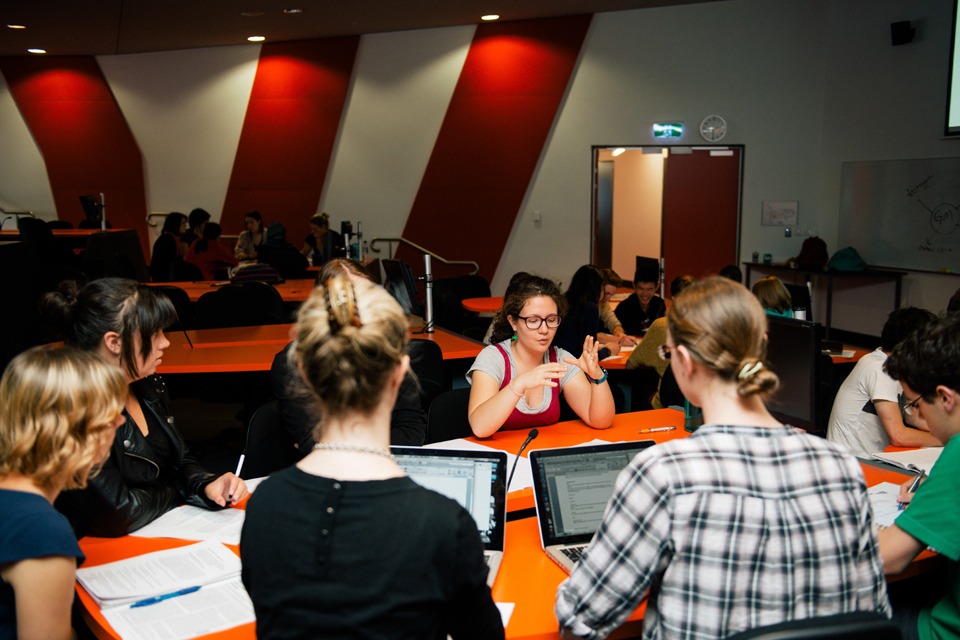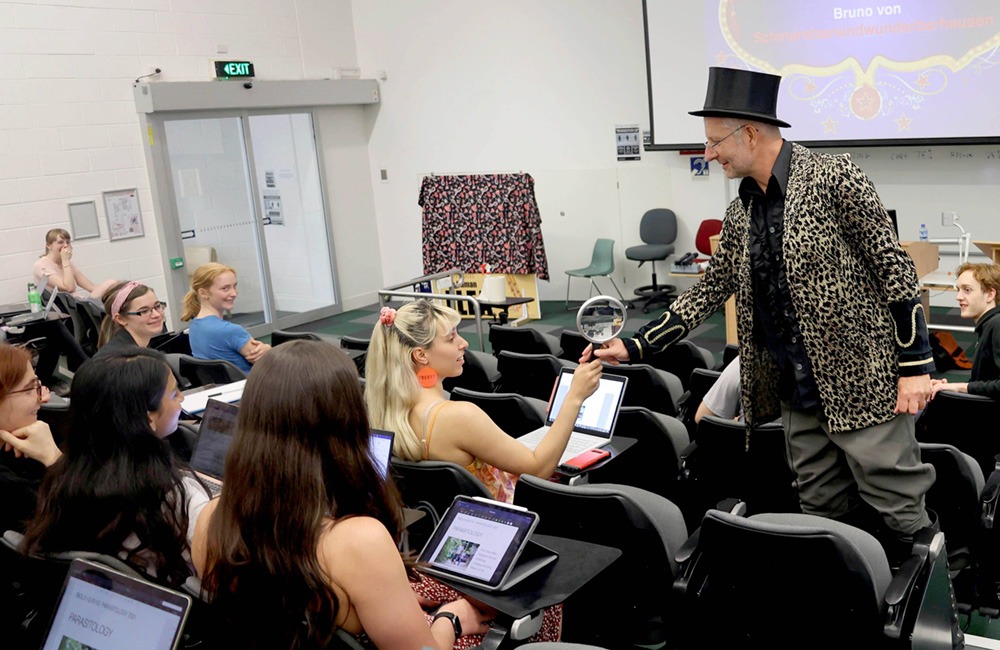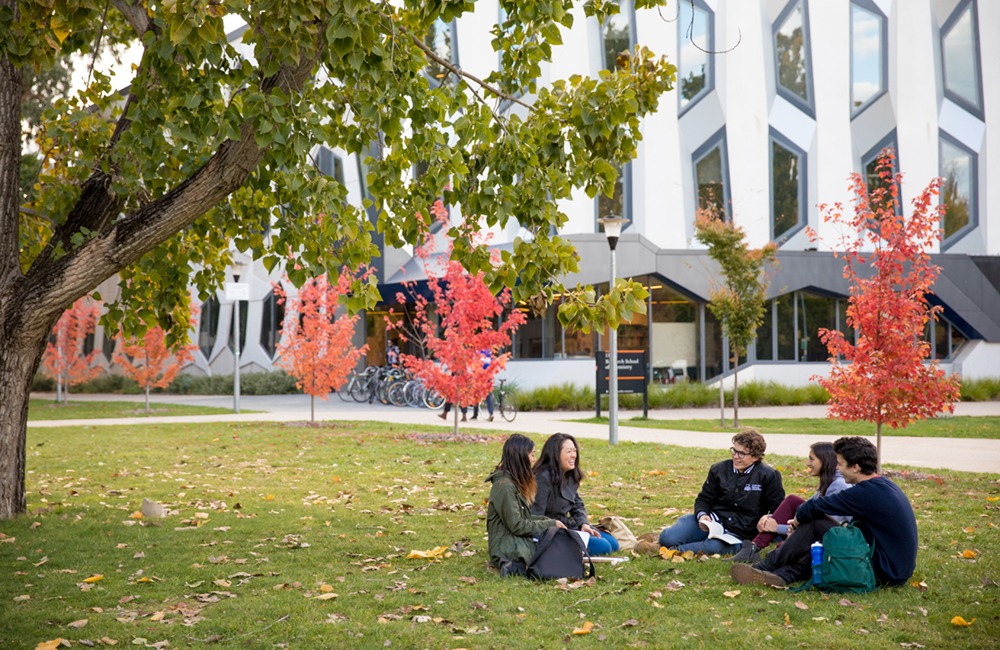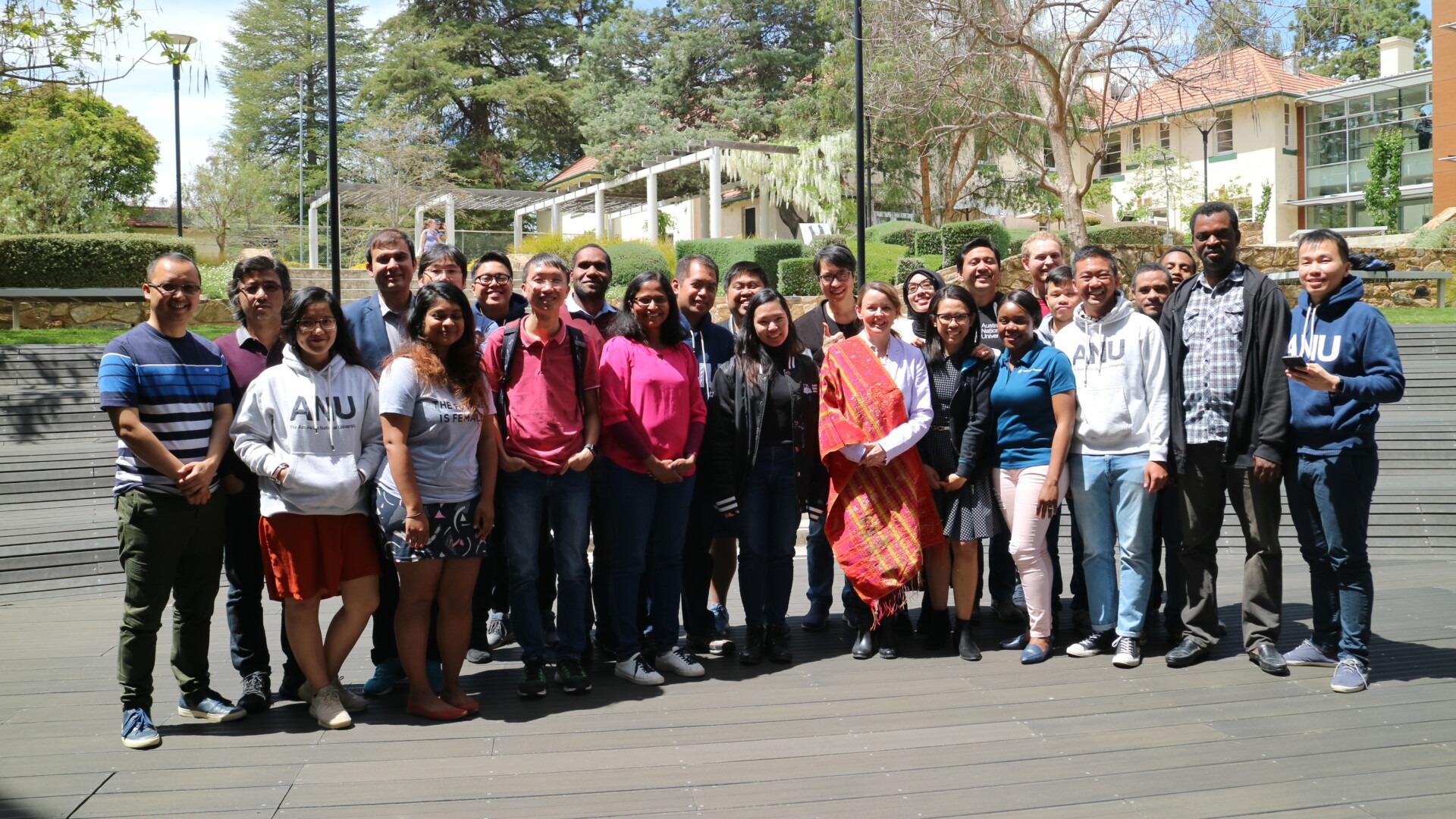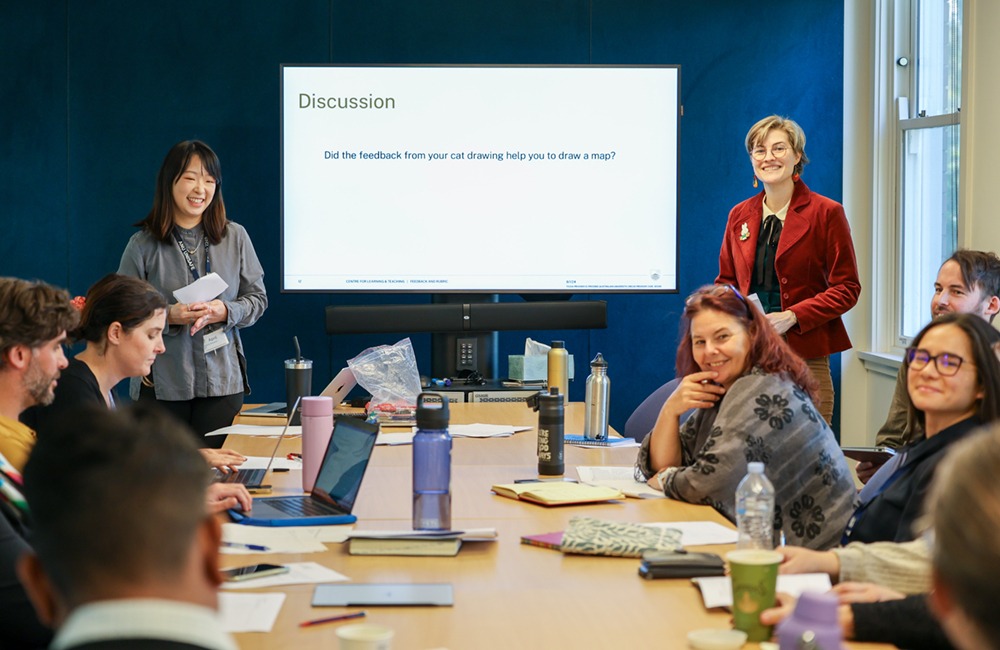Maintaining academic integrity against the blooming illegal services remains a formidable challenge for global academic communities. Contract cheating is constantly growing (De Maio & Dixon, 2022; Newton, 2018). A Google search for the term ‘assignment help’ showed 279,000,000 results in 2020 and 302,000,000 in 2021 (Hill & Dunn, 2021). There are also gaps in plagiarism software capabilities (Eaton et al., 2020). Furthermore, the emergence of externally provided invigilation services raises concerns of privacy breaches, significant cost, and potential commodification of student information (Sky News Australia, 2020; Stewart, 2020).
Authentic assessment provides possibilities to mitigate academic dishonesty. Authentic assessment measures the student’s actual ability to perform real-world tasks that demonstrate meaningful application of essential knowledge, while also offering students the opportunity for valuable self-reflections. It goes beyond recalling information; thus it reduces the likelihood of students’ cheating or outsourcing to third parties (Sotiriadou et al., 2020). In-class tasks, personalised and unique tasks, vivas, and reflections are among the best assessment types to discourage contract cheating (Bretag et al., 2019).
How to design authentic assessment?
The authentic assessment principles of realism, cognitive challenge and authentic evaluative judgementcan improve authenticity in written examinations and tests (Villarroel et al., 2020). Consider the following steps when designing an authentic assessment task:
- Set standards: Use Backward Design to determine what transferable skills, professional competences or graduate attributes students will get out of the task and where students can possibly apply these in the real-life situations.
- Design a task (+ subtasks): Decide what real-work situations (or scenarios) students have to simulate to authentically demonstrate their knowledge and skills. This includes decisions on the physical contexts and the social relationships to be involved. Provide opportunities for students to personalise the task.
- Select criteria for results: Determine what the finished product will look like in a contextualised situation and what task elements should be evaluated.
- Create assessment tools: Develop a rubric or an observation sheet to accurately and fairly evaluate students’ levels of performance and cognitive skills and to standardise results.
- Engage with feedback: Include evaluative judgement activities that allow students to jointly develop the assessment task, engage in peer review, and self-assess their progress.
Call for action
As we are now living with technology rather than merely using it, promoting academic integrity requires holistic considerations of how technology, teaching practices and learning assessment intersect on a larger scale. There is no “one-size-fits-all” solution; thus, academics should personally promote authenticity in their assessment design to help prevent academic misconduct.
For more insights and resources, please check out TEQSA Academic integrity toolkit and Academic Integrity at ANU.
Please feel free to contact the EdDesign Team at the Centre for Learning and Teaching for further support with assessment design: eddesign@anu.edu.au
References
Bretag, T., Harper, R., Burton, M., Ellis, C., Newton, P., van Haeringen, K., Saddiqui, S., & Rozenberg, P. (2019). Contract cheating and assessment design: exploring the relationship. Assessment & Evaluation in Higher Education, 44(5), 676-691. https://www.tandfonline.com/doi/full/10.1080/02602938.2018.1527892
De Maio, C., & Dixon, K. (2022). Promoting academic integrity in institutions of higher learning: what 30 years of research (1990-2020) in Australasia has taught us. Journal of College and Character, 23(1), 6-20. https://www.tandfonline.com/doi/full/10.1080/2194587X.2021.2017972.
Eaton, S. E., Crossman, K., Behjat, L., Yates, R. M., Fear, E., & Trifkovic, M. (2020). An institutional self-study of text-matching software in a Canadian graduate-level engineering program. Journal of Academic Ethics, 18(3), 263-282. https://doi.org/10.1007/s10805-020-09367-0.
Hill, G., Mason, J., & Dunn, A. (2021). Contract cheating: an increasing challenge for global academic community arising from COVID-19. Research and practice in technology enhanced learning, 16(1), 24. https://doi.org/10.1186/s41039-021-00166-8
Newton, P. (2018). How common is commercial contract cheating in higher education and is it increasing? A systematic review. Frontiers in Education, 3(1), 67. https://doi.org/10.3389/feduc.2018.00067
Sky News Australia (2020). ‘Big Brother’ software commodifies and endangers the private information of students. (2020, April 28). Sky News. Retrieved from https://www.skynews.com.au/details/_6152560663001
Sotiriadou, P., Logan, D., Daly, A., & Guest, R. (2020). The role of authentic assessment to preserve academic integrity and promote skill development and employability. Studies in Higher Education,45(11), 2132-2148. https://www.tandfonline.com/doi/full/10.1080/03075079.2019.1582015
Stewart, B. (2020). Online exam monitoring can invade privacy and erode trust at universities. The Conversation. https://theconversation.com/online-exam-monitoring-can-invade-privacy-and-erode-trust-at-universities-149335
Villarroel, V., Boud, D., Bloxham, S., Bruna, D., & Bruna, C. (2020). Using principles of authentic assessment to redesign written examinations and tests. Innovations in Education and Teaching International, 57(1), 38-49. https://www.tandfonline.com/doi/full/10.1080/14703297.2018.1564882.
Dr Nguyen Bui is an Education Designer at the ANU Centre for Learning and Teaching.
Simon Feros is a Senior Education Designer and manager of the Education Design Team, ANU Centre for Learning and Teaching.

